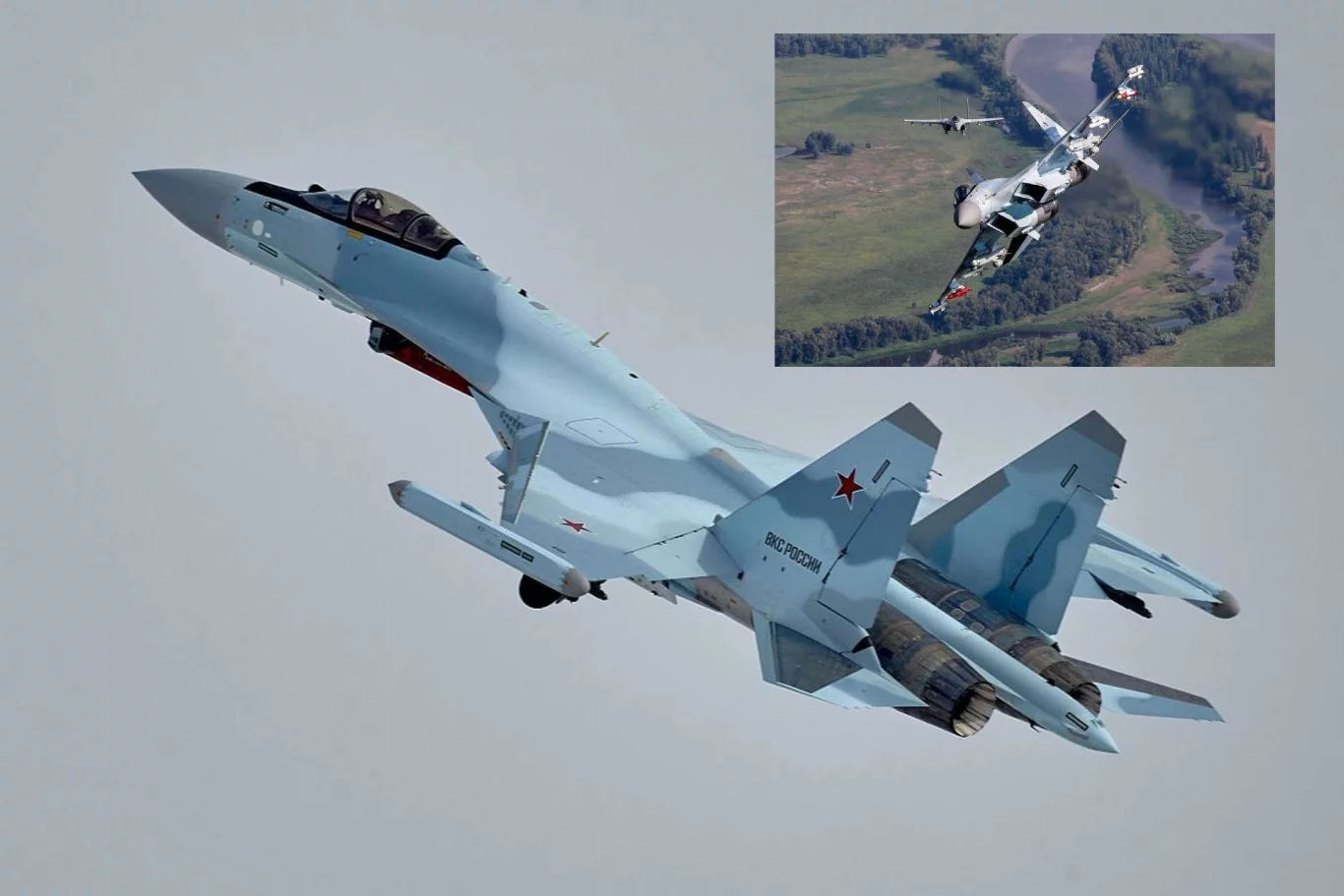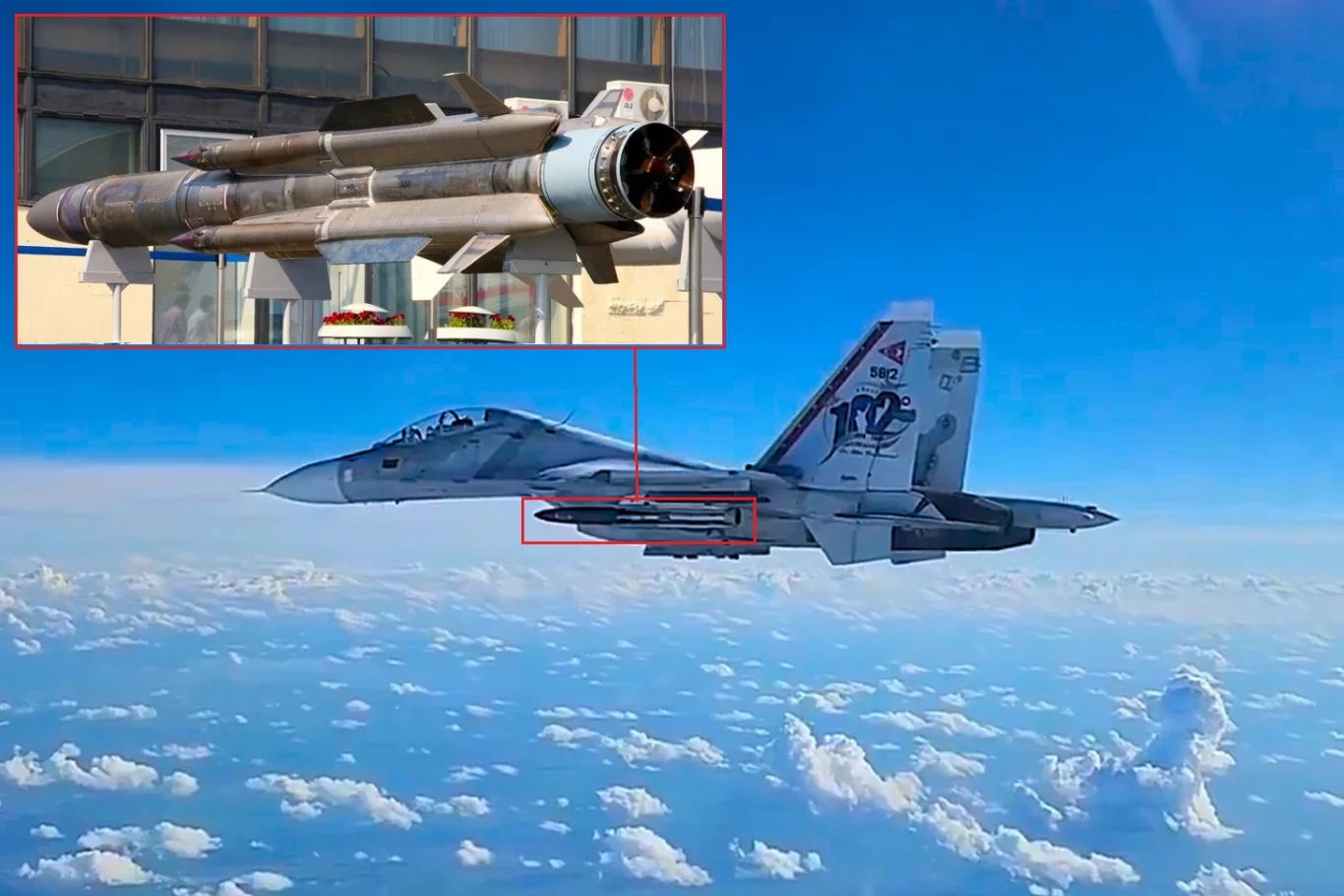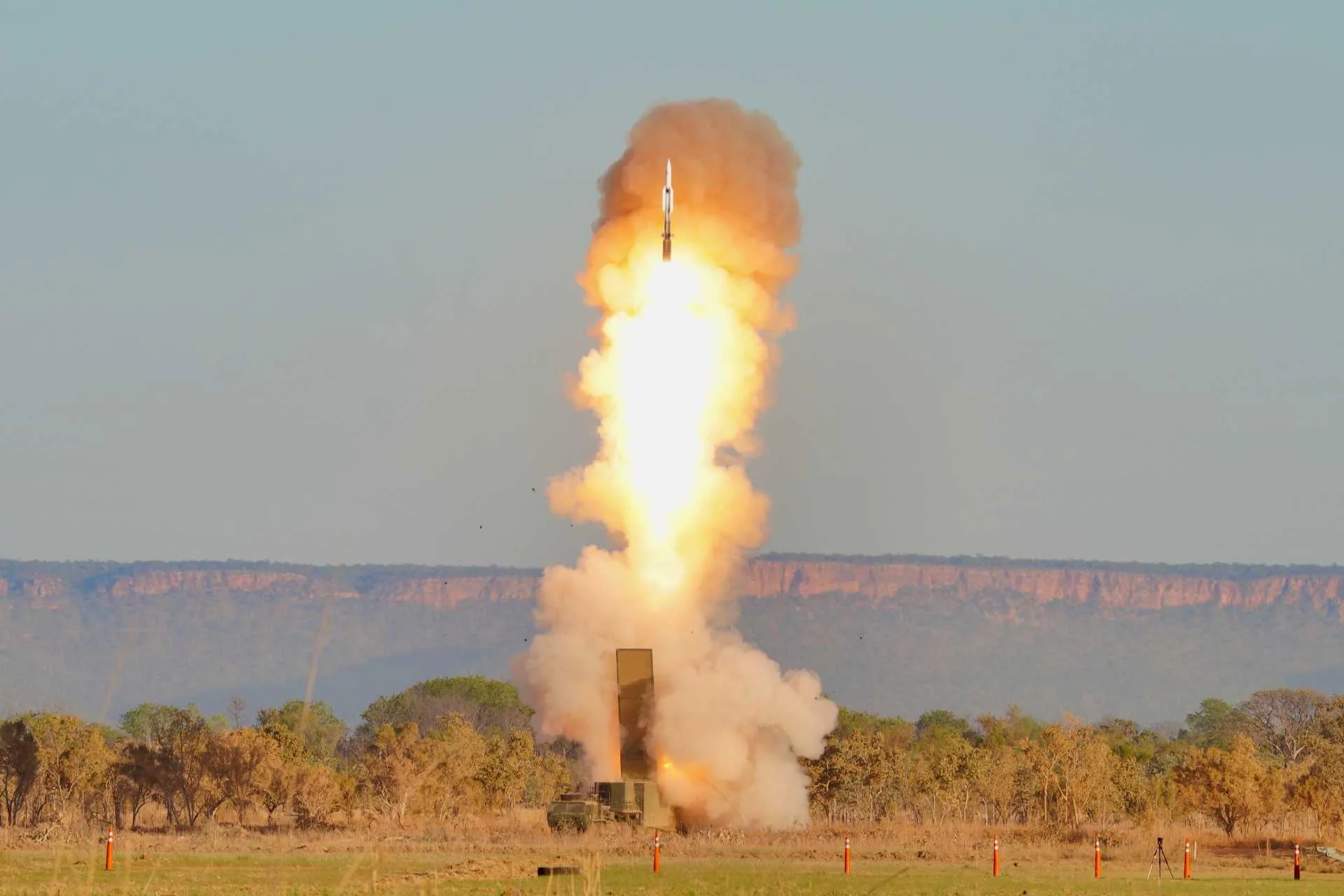In a significant development for its aerial combat capabilities, Russia has reportedly taken delivery of its sixth batch of advanced Su-35S fighter jets in 2025. This latest acquisition underscores a clear and consistent strategy by the Russian Ministry of Defence to rapidly expand and modernize its combat aviation fleet. The Su-35S, a formidable 4++ generation multirole fighter, is a cornerstone of this ambitious modernization program, poised to play a crucial role in shaping future air superiority. This article delves into the implications of this accelerated delivery schedule, exploring the strategic importance of the Su-35S and the broader context of Russia’s evolving air power.
The Su-35S: A Closer Look at Russia’s Aerial Apex Predator
The Sukhoi Su-35S (NATO reporting name: Flanker-E) is not just another fighter jet; it represents the pinnacle of Russian aerospace engineering short of a fifth-generation aircraft. Derived from the venerable Su-27 family, the Su-35S boasts significant enhancements that elevate its performance to an elite level.
- Unrivaled Maneuverability: Equipped with thrust-vectoring engines (Saturn AL-41F1S), the Su-35S possesses incredible agility, allowing for complex aerial maneuvers that give it a distinct advantage in close-quarters combat. This “super-maneuverability” is a hallmark of its design, enabling pilots to perform Pugachev’s Cobra and other high-alpha maneuvers with remarkable ease.
- Advanced Avionics and Radar: At the heart of its combat effectiveness is the Irbis-E passive electronically scanned array (PESA) radar. This powerful radar system offers exceptional detection ranges, capable of tracking multiple targets simultaneously, even in heavy jamming environments. Coupled with a sophisticated electronic warfare suite, the Su-35S can effectively engage and disrupt enemy threats.
- Lethal Payload Capacity: The Su-35S is a true multirole fighter, capable of carrying a diverse array of air-to-air and air-to-ground weaponry. With 12 hardpoints, it can be armed with a combination of long-range R-77 and R-27 missiles for air superiority, as well as Kh-31 anti-radiation missiles, Kh-59 cruise missiles, and various precision-guided bombs for ground attack missions. This versatility makes it a potent force across the full spectrum of aerial warfare.
- Enhanced Situational Awareness: The cockpit features advanced glass displays, providing pilots with comprehensive and intuitive access to flight and tactical information. This, combined with helmet-mounted display systems, significantly enhances situational awareness, allowing pilots to make faster and more informed decisions in the heat of battle.
Accelerated Deliveries: A Sign of Strategic Intent
The delivery of the sixth batch of Su-35S jets in 2025 highlights a deliberate acceleration in Russia’s military procurement strategy. While specific numbers for this latest batch remain undisclosed, the consistent flow of these advanced aircraft into the Russian Aerospace Forces (VKS) inventory speaks volumes. This rapid expansion serves several key objectives:
- Modernization of the Fleet: A significant portion of Russia’s existing fighter fleet comprises older, Soviet-era designs. The Su-35S serves as a crucial replacement, bringing cutting-edge technology and capabilities to modernize the VKS and ensure its competitiveness against global adversaries.
- Projection of Power: A stronger, more modern air force enhances Russia’s ability to project power and influence across its strategic interests. These aircraft are not just defensive assets; they are instruments of foreign policy and deterrence.
- Operational Readiness: Regular and timely deliveries ensure that pilot training programs can keep pace, and squadrons can maintain high levels of operational readiness. This continuous influx of new aircraft allows for the rotation of older airframes for maintenance and upgrades without compromising overall combat strength.
- Lessons from Conflict: Recent global conflicts have undoubtedly influenced Russia’s prioritization of air power. The effectiveness of modern fighter aircraft in contested airspace has likely reinforced the urgency of expanding and upgrading its fleet with proven platforms like the Su-35S.
The Broader Context: Russia’s Evolving Air Strategy
The rapid expansion of the Su-35S fleet is part of a larger, multifaceted strategy by Russia to bolster its military capabilities. This includes not only acquiring new aircraft but also investing in pilot training, developing new weapon systems, and improving overall air defense networks.
The Su-35S, while a 4++ generation aircraft, also serves as a valuable bridge to future fifth-generation platforms like the Su-57. The technologies and operational experience gained with the Su-35S will undoubtedly inform the development and deployment of even more advanced aircraft in the coming years.
Conclusion:
The continuous and accelerated delivery of Su-35S fighter jets to Russia’s armed forces in 2025 is a clear indicator of the nation’s unwavering commitment to strengthening its air power. These highly capable multirole aircraft provide Russia with a significant edge in aerial combat, enhancing its modernization efforts, projecting its strategic influence, and ensuring a robust defense posture. As the global geopolitical landscape continues to evolve, the sight of a growing Su-35S fleet will undoubtedly be a closely watched development for military analysts and policymakers worldwide. The skies above Russia and its strategic interests are increasingly protected by these formidable machines, signaling a new era of aerial prowess.




